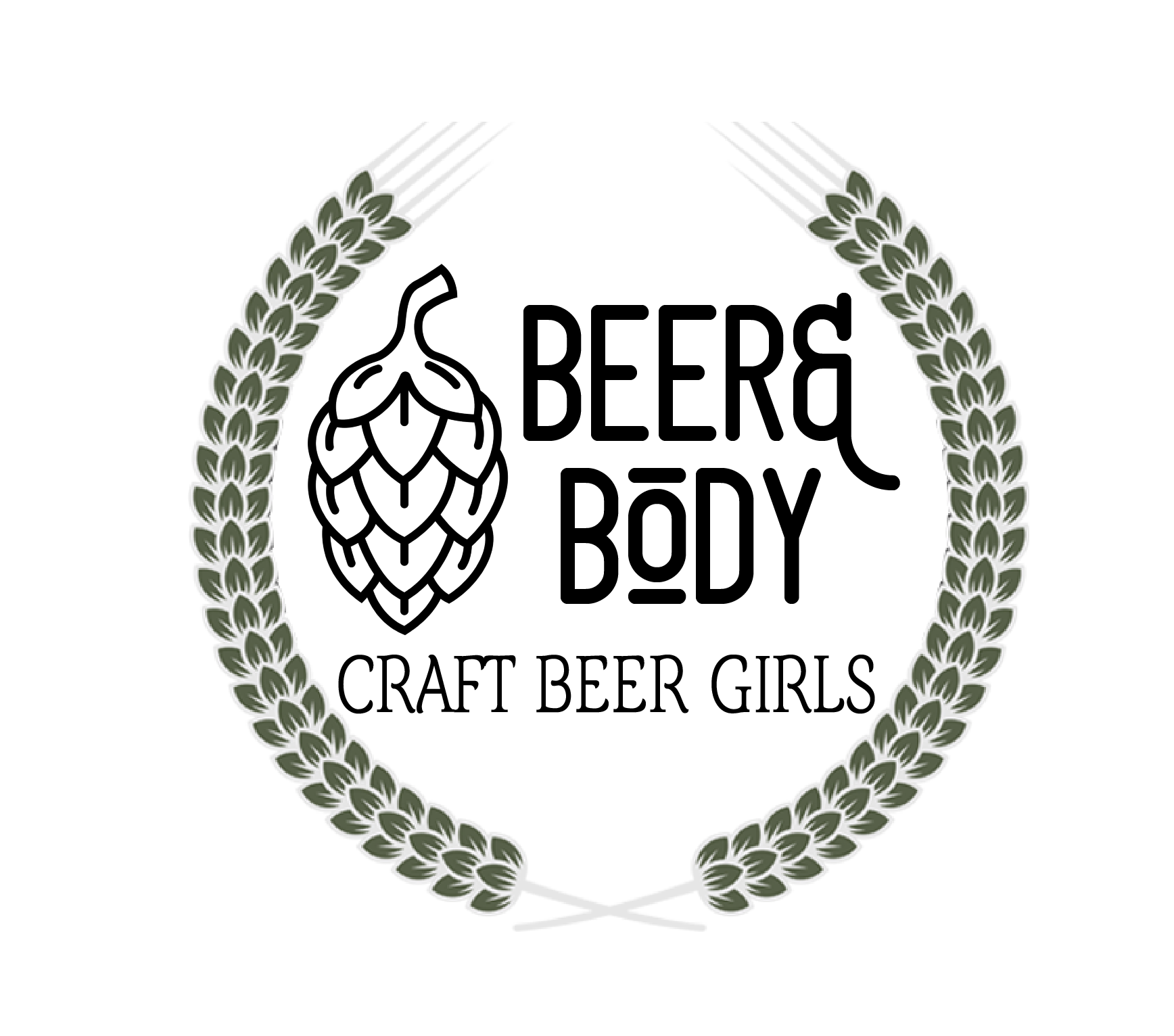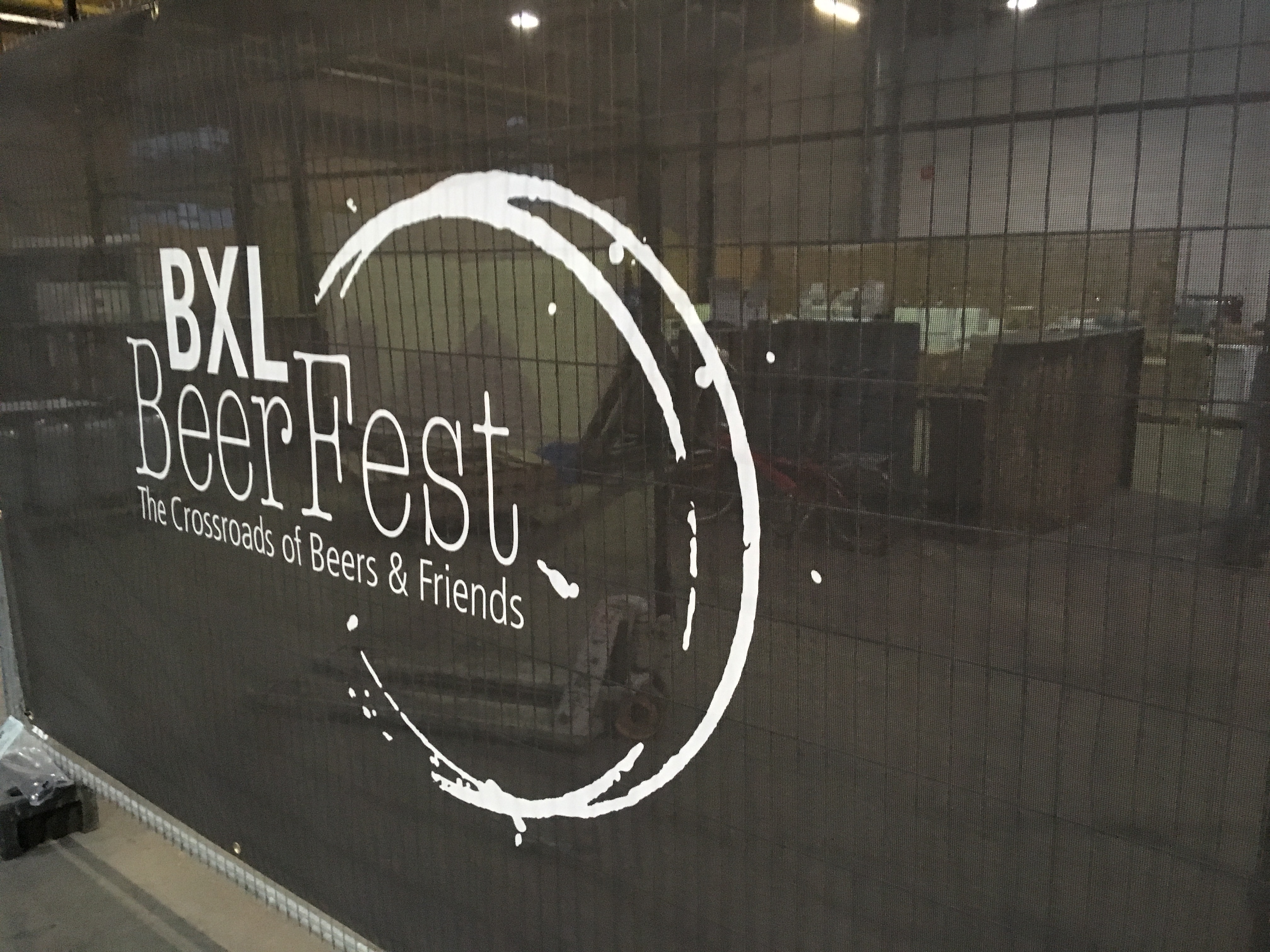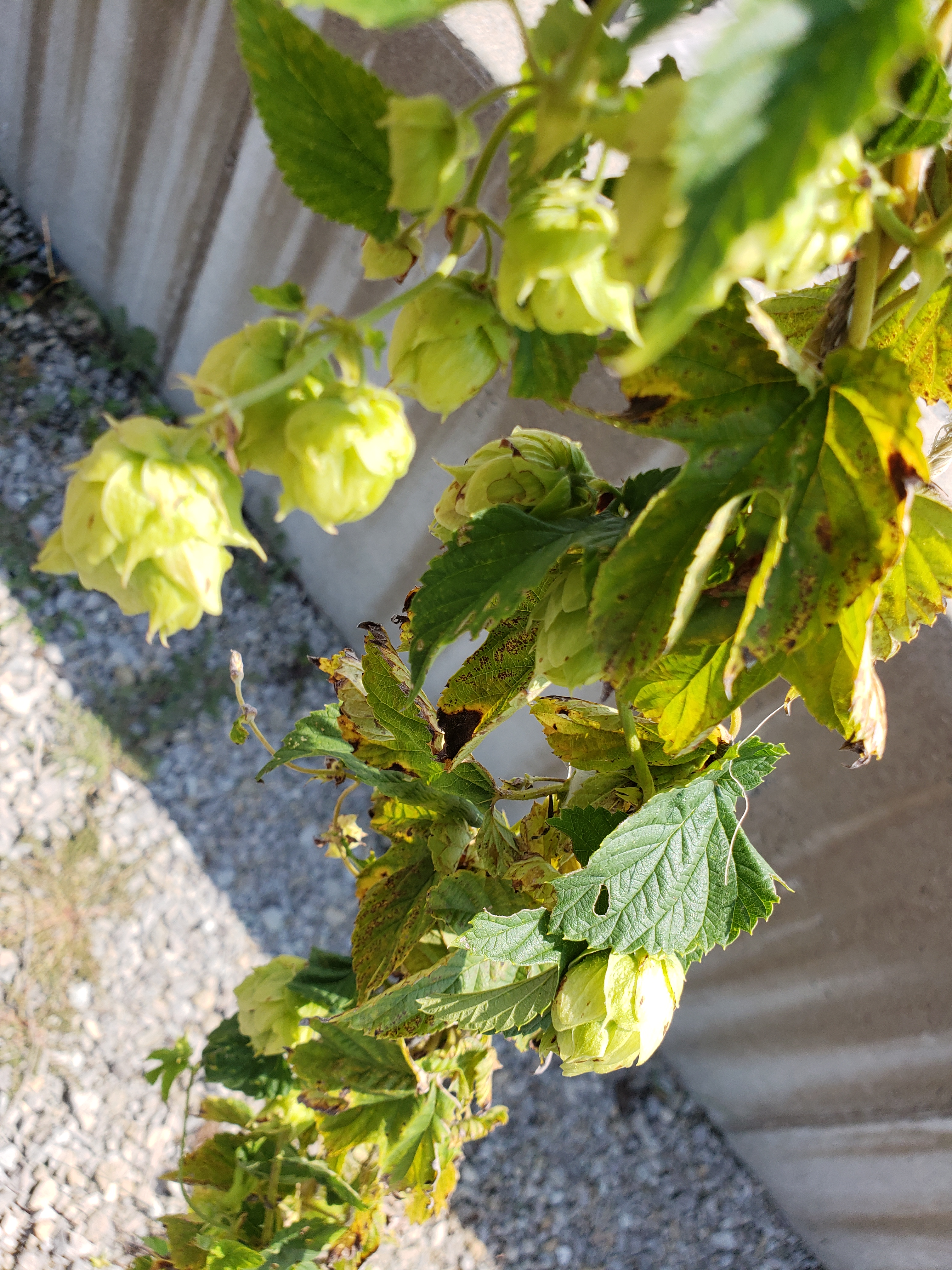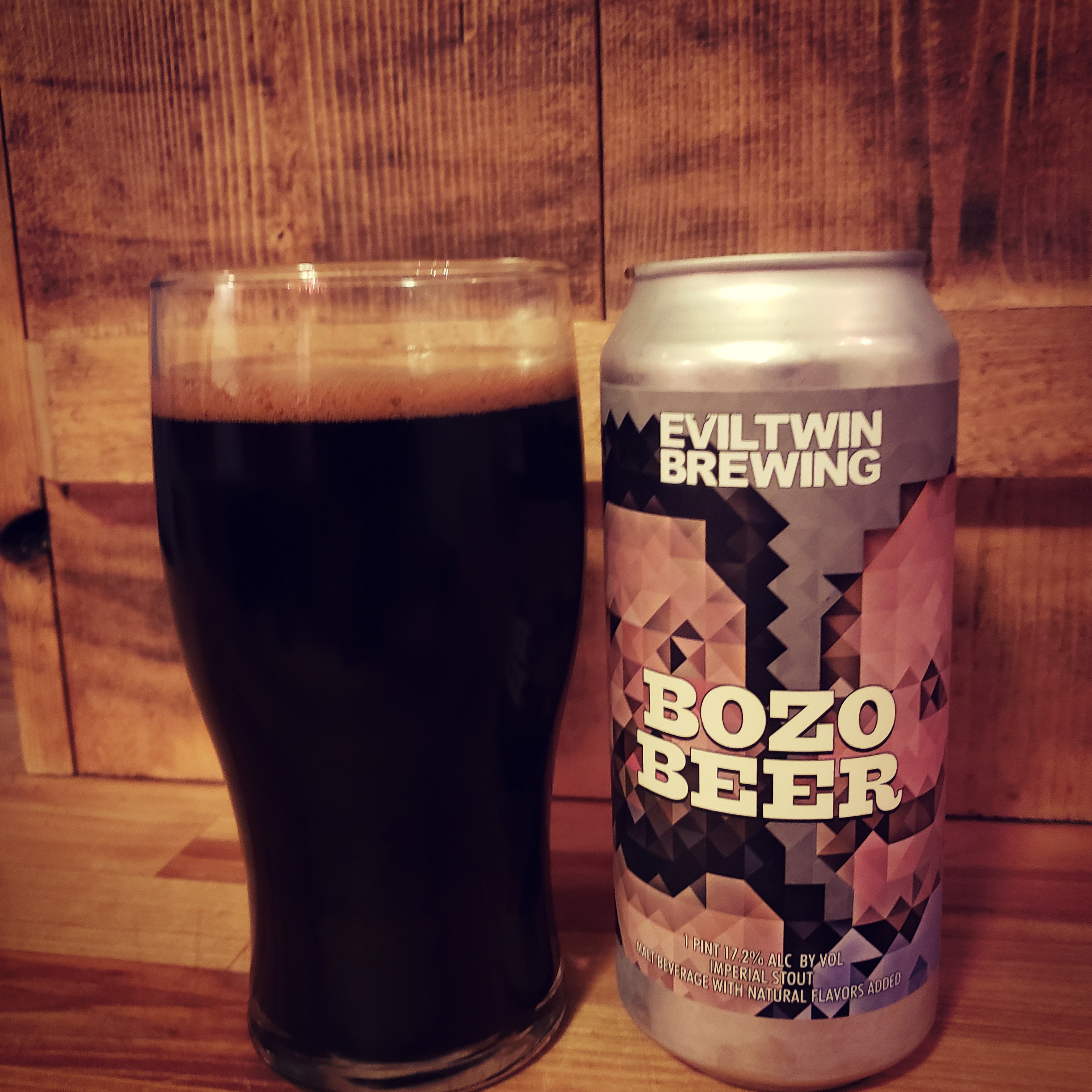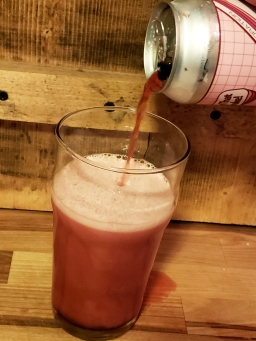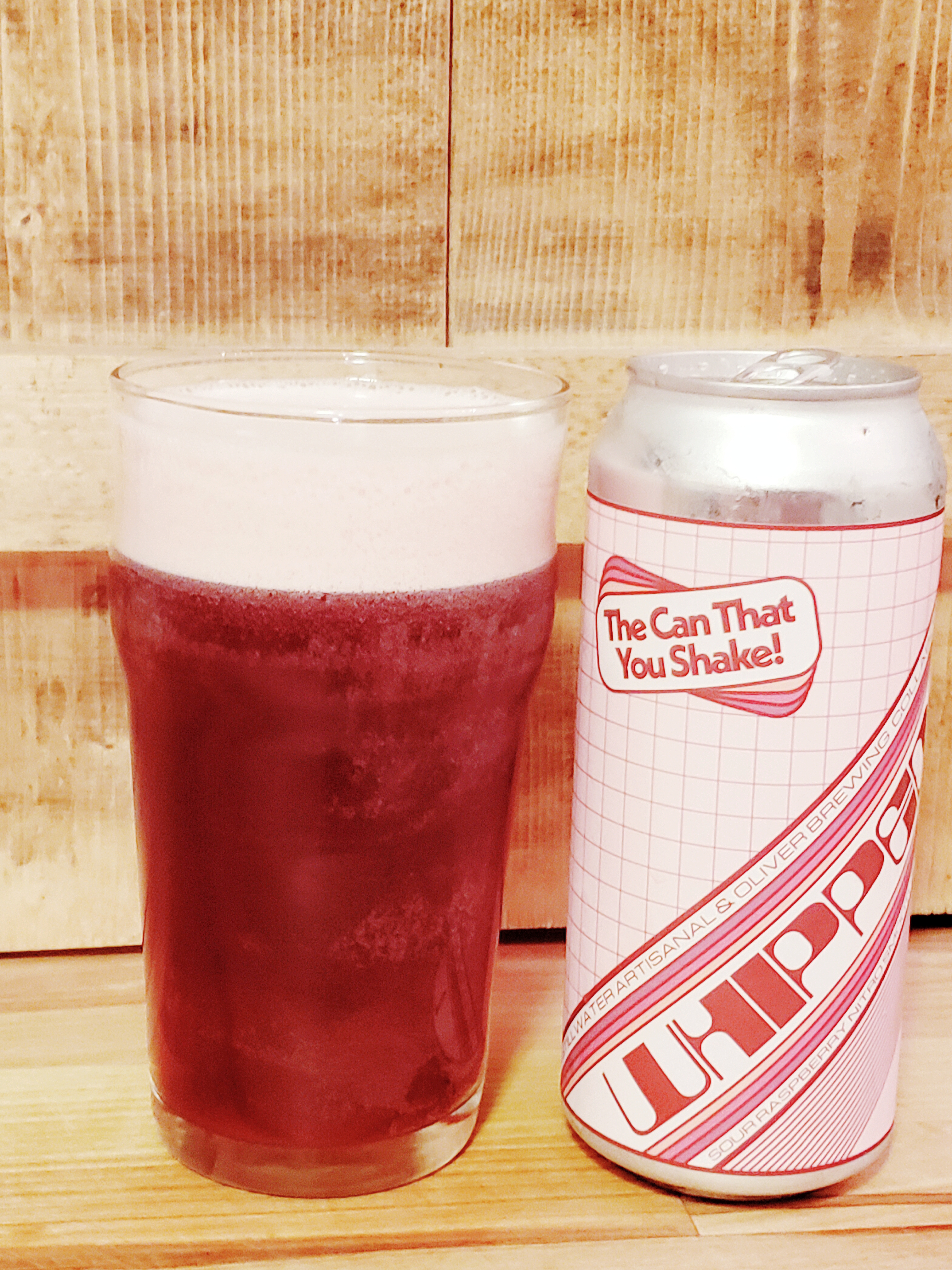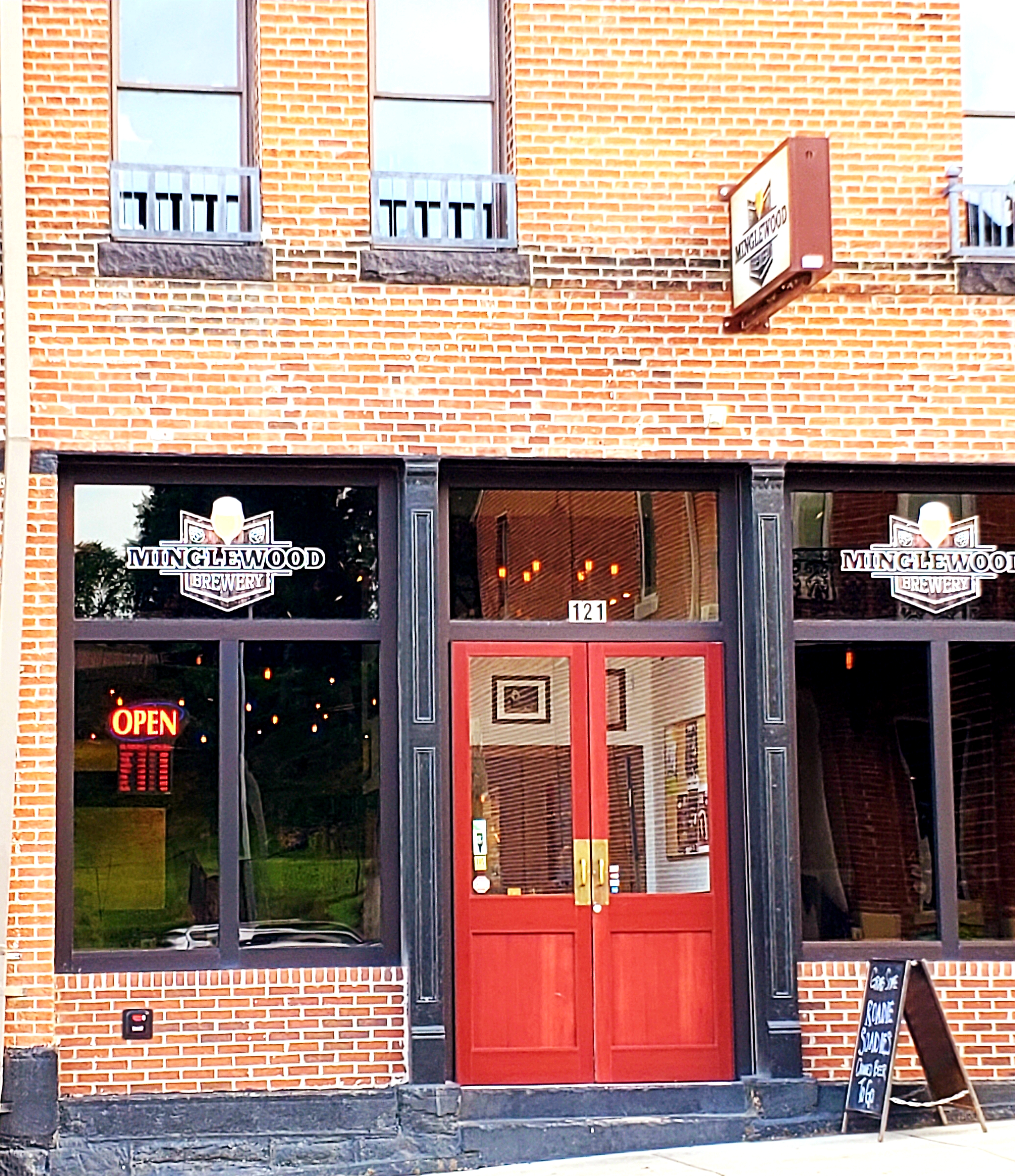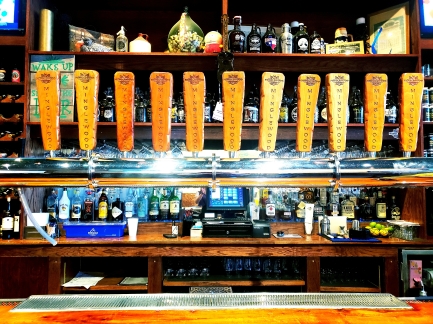“I love those who can smile in trouble, who can gather strength from distress, and grow brave by reflection.”
-Leonardo da Vinci
Ringing in New Year’s 2020, many of us were taking the opportunity to metaphorically transport ourselves back in time, reminiscing of an age most have only lived through the pages of school books. No one was quite prepared for the day that we would wake up in a Twilight Zone-esque world, feeling as though history had repeated itself in a terrible fashion. A pandemic had taken the nation, and the entire globe, by storm. As the world scrambled to respond to an already progressed onslaught, many were left to fear not just for their present, but their future.
As the nation became divided by labels of “non-essential” and “essential,” many in the hospitality industry waited with baited breath to hear on which side of the coin they would fall. The Craft Beer industry was hit particularly hard as it navigated an unprecedented event in modern times as, at least by history standards, a fledgling sector. This is, of course, not to take away from the hardships of all other industries. If one should take little away from this, it should be that each struggles differently, not necessarily less. Even the experiences and hardships in the craft beer community itself took varying shapes, as new local orders were put in place and contamination levels rose.
Many breweries and craft beer bars were forced to close their doors: some for a time and others, faced with the reality of an already uncertain future and now complete lack of revenue, permanently. For those fortunate enough to reopen or continuously operate, this meant pushing creative minds to the limit and switching strategies. Those that served food became pick up/delivery and some were forced to change their offerings based on supply limitations. Beer was offered to-go only. No longer could a patron sit for hours with open pints of beer, letting their fancies dictate their next beverage choice. Instead, everything became immediate and calculated, assuming the brewery even had the resources to completely revise their production and packaging style on a moment’s notice.
As devastating as it was for the entities themselves, one cannot ignore the individuals that make up this amazing community and the tribulations they have encountered as a result of the world coming to a screeching halt. The craft beer industry includes so many: from the owners, some of whom have put their entire life savings into their business, the brewers with their passion on the line, the distributors who are stuck in the middle, to the beertenders who are finding themselves struggling to make ends meet, and beyond.
Amber, a beertender at a Missouri brewery, says that it was a strange time, especially at the beginning where, “I did not work at all the first few weeks except for a couple times. Doing curbside pick up only at those times.”
When I spoke to Kate, a beertender from Hawaii, in early May, she was also suffering from the adverse effects of a quickly- changing economy. “My shifts got cut without notice. We can’t get unemployment because the state is having a hard time processing so many claims. Only 60% have been paid out. I also haven’t received my stimulus check. So I have been living on savings.”
A brewer at a production brewery in Iowa, Jaime, said that, while the workload did not change much, many other things did. “We switched to 100% canning so we were brewing less but our time [was] spent canning more since that takes longer. Another thing that was different was that we started wearing gloves during the whole work day. We’d also sanitize any shipments we got. Really, more work for less product. [I was] lucky as one of the few salary employees I still had a job, but anyone who was hourly got let go- so all our service staff.”
On the distribution side, the story was just as grim for Carolynn of Hawaii, “I got ready for work on Monday, the week of Saint Patrick’s Day, also known as hell week. Usually, I have to trade cars with my friend. He has a truck, so I can bring restaurants and bars jockey boxes, cases of cups, banners, pendants, and other Saint Patrick’s Day items. That Monday, I instead was asking my accounts if they would like me to order their usual order or if they would like me to run down their inventory and we can wait and see what’s going to happen…The best day was Saint Patrick’s Day. Usually, I participate in [the parade.] This year, I slept in. My phone never rang asking where I was. The parade was cancelled at the absolute last minute…Bars were empty, so not only did these bars lose out on money, we, the distributor, had to pick up all the extra product that they would usually sell through. When we pick up outdated product, we then have to pay a third party to dump the kegs. There has been many inquiries as to who pays now since it’s not the brewery’s fault and it’s not the distributor’s fault that these kegs went bad. Someone’s gotta pay somewhere.”
And what of the businesses, such as bars, that rely on such distributors and other suppliers? Claire, a craft beer bar owner in California, says, “It’s been hard, not being a brewery or a restaurant, just a bar…This is a pretty overwhelming situation…I’m grateful that our employees have received unemployment. I was able to apply for a PPP loan…It’s been really hard because we had just hired three new part time employees before this and I don’t think we will have the volume or funds to bring them back right when we reopen. So it will just be our staff of four again. We have lost tons of inventory. Distributors aren’t even picking up empties or wasted beer so I can even get my keg deposits back. I can’t find the correct cleaning supplies for when we do reopen: they are currently out of stock…And the restaurant next door got broken into and robbed two nights ago.”
As difficult as it has been, Claire was still hopeful. “We know [the community] is thirsty and will support us when we reopen with whatever new guidelines we are given.” She adds, “it’s easier knowing, as a business owner in the beer community, I’m not alone and many other businesses are experiencing these things as well.”
With the many changes on all levels of the craft beer experience, it is not surprising that even the consumers felt the difference. Kelli from Georgia told me that most of her favorite craft brew hangouts were shut down, leaving her to rethink her options, especially in regards to to-go and local options. “I’ve started moving away from buying beer from the grocery stores, and have moved towards buying them at a craft beer bar in downtown. I wanted to support them and they have a really good selection of craft beer. I went there a couple of times for a drink before all of this started. I haven’t really gone to the individual breweries for a growler or anything. I’m keeping track of them, though, to see when they will reopen.”
As the days of quarantine have turned into months of social distancing and the shelves have slowly started filling back up with toilet paper, so too has the craft beer community begun to reopen and rebuild.
As of June 18, 2020, after a vexatious ninety-four days of being shut down, Claire was finally able to reopen her craft beer bar, though not without some modifications. “We have rearranged the bar to practice social distancing, created a sanitation procedure, self screening tool for employees, and are wearing masks. We are excited, but nervous also. We are able to only bring back 1/2 of our staff to start but plan to rehire them back as we can. This is new for all of us serving and [for] customers. Also, our state just tossed a mandatory mask order…not sure how this will impact bars yet. Our new motto is slow and steady wins the race.”
While most of the hard work of rebuilding rested (and for many, still continues) on the shoulders of the employees, there were a few outside sources that helped to bring about positive change. When asked, Jaime said that, “One of the only decent things that came out of it was some of the distribution and product handling laws changed a bit. Before, due to our license, if we wanted to sell cans or bottles from our taproom, we had to sell it to the distributor and buy it back, so the beer had to leave the building then come back. With the new law, we could just transfer it electronically and the beer just moved from the main cooler to the to-go cooler. It also allowed us to do beer delivery.”
Another one of these outside sources is the support of local communities. Many consumers, such as Kelli, have begun venturing back out into the world and subsequently, back into the breweries and craft beer bars. Kelli says it makes her extremely happy to do so, and she certainly isn’t the only one. “Surprisingly, we are busy and have sold a ton of crowlers,” Kate told me, “Seems like people are coming and having a beer just trying to be normal again. I’ve seen my regulars…I get emotional knowing they’re okay. People are adjusting to having to be social with other humans again. I have seen random fights, extreme gratefulness, and horniness”
While these experiences with what many are calling the ‘new normal’ can often seem like a post-apocalyptic social experiment, “Everyone is just really happy to be out again,” in Amber’s opinion. She expressed great joy in her role at her brewery and, “giving people a place to feel normal for a moment and enjoy a great beer and great food. I feel work is starting to calm out again, kind of. Not back to normal but definitely not as hyped as it was when we first reopened with all of this. It’s been an honor being a part of the [brewery] fam, especially through a time like this. We really have an amazing crew. We’ve been sticking together and making it through!”
One facet of the craft beer community that is brought up over and over again by the people that are immersed in it is the sense of family. Beer is thicker than blood, or some proverb like that. This connection is perhaps the reason the craft beer industry has proven so resilient throughout the years, and this time is no exception. The ingenuity that these businesses showed in such troubling times is unlike anything I have ever personally witnessed before, though perhaps we wished a bit too hard during our New Year celebrations and brought a little of the 1920’s to present day. It is a comfort to know that whether the breweries are being shut down due to Prohibition or Coronavirus, the community I love will endure. Even if we have to switch to producing ice cream and vehicle bodies (learn your history, people!), we will adapt and, in some cases, even thrive.
However, this is not a COVID-19 Cinderella story. While the fortitude of the community cannot be understated, neither can the tribulations. Carolynn brought up a valid point. “I’m happy to report that we did not get furloughed or laid off during this time. But what we did do was work extremely hard, not get hazard pay, take a pay cut, put our health and, in turn, the health of our families or quarantine mates at risk, as well. I am happy to report that no one in my company has come down with COVID-19.”
So, what next? Just as this pandemic is not over, neither is the work. We are called to courage, to strength, but also to compassion. While we have to get through this-and we will- it lightens the load if we get through this together. Life gives us cruel trials, but it also gave us this community and this family. We will not dim our light. We need to take care of each other and ourselves. Our mental well-being is just as important as our physical health. We have to make ourselves a priority. But beyond that. We need to support our local businesses. As the world reopens, resolve to visit more small businesses. Tip. Everyone is working really hard. Give donations or, even better, your time to local causes to help those in the community that are struggling. Take precautions and be considerate of those around you. But, most importantly…be kind. To yourself. To others. We are all just doing the best we can.
Cheers.


